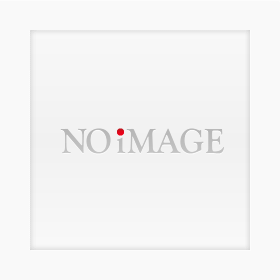Insulating coating
Softness equivalent to "tires"! We also have extensive experience in construction for plating jigs and plating treatment racks.
The "Insulating Coating" boasts high electrical insulation properties, providing insulation effects for electrical equipment, construction sites, and facilities. We also have extensive experience in application for plating jigs and plating treatment racks. The application can be performed at relatively low temperatures, and the curing (masking) treatment is also relatively easy for this coating. We propose coatings tailored to customer needs, such as "wanting to suppress electrical conduction to metal substrates (workpieces)" or "wanting to prevent electric shock," using PVC, polyethylene, nylon, epoxy, and others. 【Features of PVC (Polyvinyl Chloride)】 ■ Electrical Insulation: Breakdown voltage of the coating is 12kV/mm or higher (compliant with ASTM D149) ■ Volume resistivity: 3×10^10 Ω·cm (compliant with JIS K6911) ■ Hardness (Type A durometer): 65° (compliant with JIS K6253) ■ Resin colors (basic): Black, orange, ivory, and other colors can be freely adjusted ■ Tensile strength: 13.2 MPa (megapascals; for reference, the typical water pressure of a high-pressure washer is 10 MPa) ■ Elongation at break: 392%; Tear strength: 45.3 N/mm *For more details, please refer to the PDF materials or feel free to contact us.
- Company:みのる産業
- Price:Other





![[Development] Achieving coating of thick film 50μ yttria in complex shapes!](https://image.mono.ipros.com/public/product/image/c0e/2000693677/IPROS09233827016419795249.jpeg?w=280&h=280)





